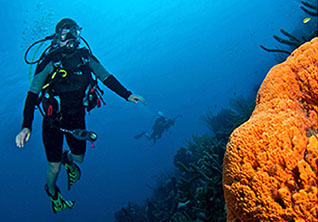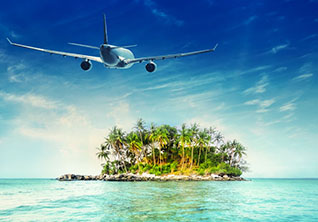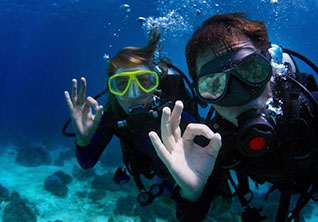The Center of Life’s Diversity: Part One
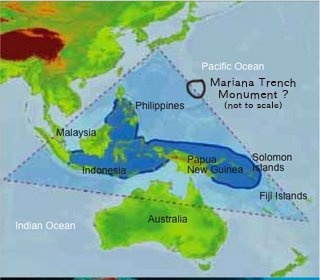
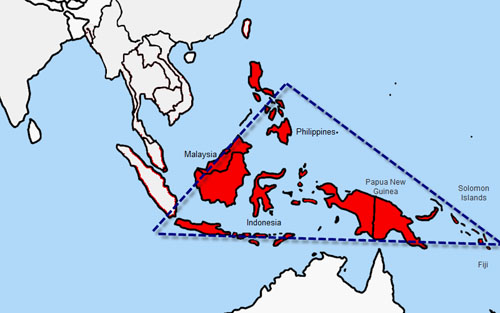
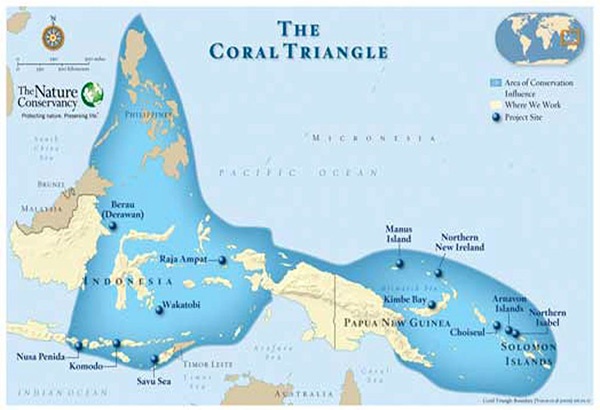
You’ve probably heard of the Coral Triangle where the waters of the Pacific Ocean, the Indian Ocean, and the South China Sea collide and infuse each other with nutrients and where different species of fish and invertebrates intermingle with scuba divers from every culture around the world? You haven’t? Well, before we go in depth on this incredible zone of creatures, critters, and coral cornucopias, we should mention the country that hosts this unique spot in the world.
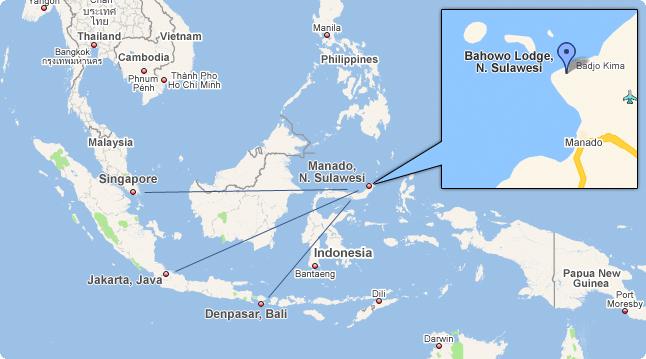
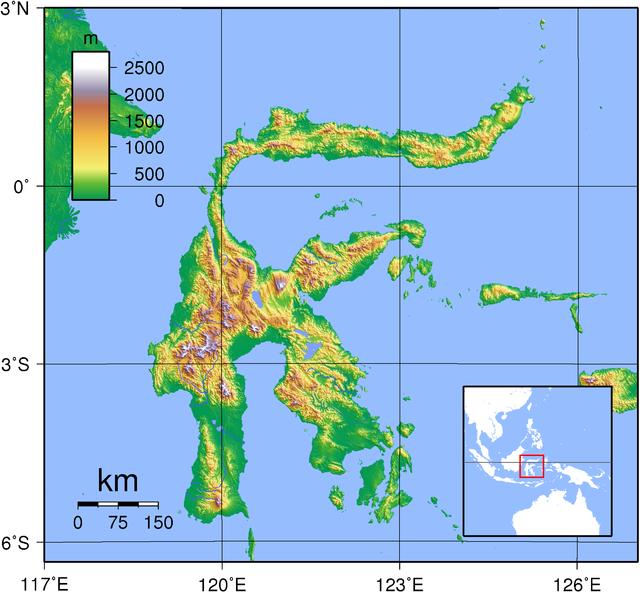
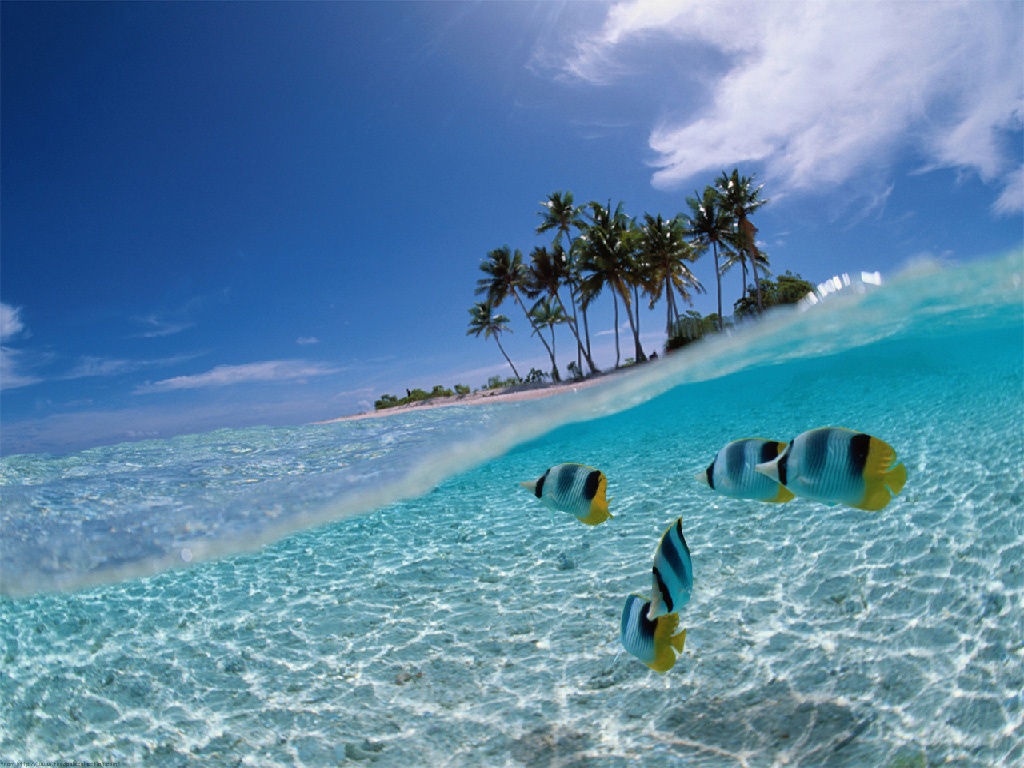
Indonesia is the fourth most populous country in the world, and it is also an archipelago made up of some 17,508 islands of which 6,000 are inhabited, but who’s counting? Now if you weren’t there or don’t recall, after the super continent of Gondwana began to split apart some 140 million years ago, the Pacific, Eurasian, and Australian tectonic plates with much volcanic fanfare met right where Indonesia now resides. Indonesia has 130 active volcanoes and most of the eruptions currently take place in the Sunda Strait between Java and Sumatra just above the Eurasian plate subduction zone and when we say current, we’re talking geological time; Krakatoa last erupted in 1883, a much bigger eruption happened 70,000 years ago at Lake Tobo, Sumatra, but small earthquakes are more common in this region.
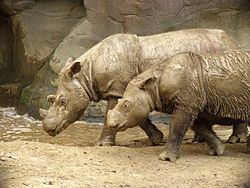
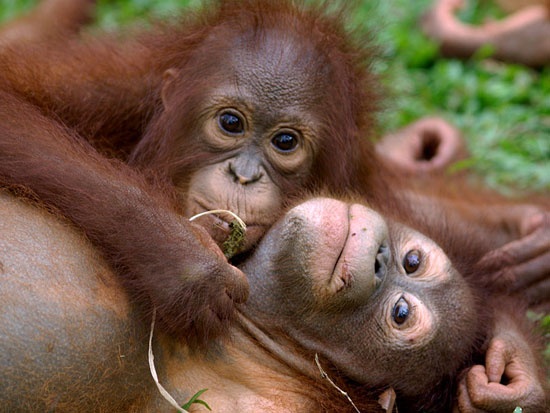
When seas were lower than they are today, animal life came down through Eurasia until deep waters stopped their advance. Animal life from Australia came up and over until deep waters stopped them too. The point or line made by these deep waters is called the Wallace Line and where these transitional animals mixed is called Wallacea. So now you know why Orangutans, Tigers, and Sumatran rhinoceros are found in western Indonesia, and two species of Anoa (miniature water buffalo), Babirusa (a curling tusked pig), and many other smaller placental and marsupial animals are found in Sulawesi and eastward Indonesia.
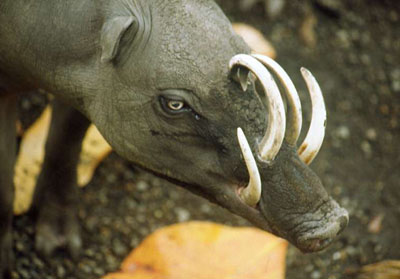
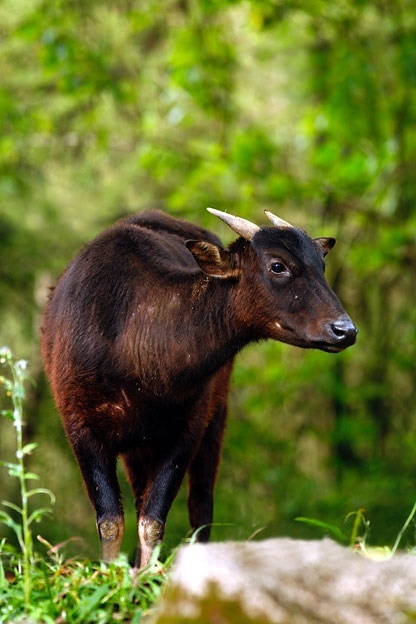
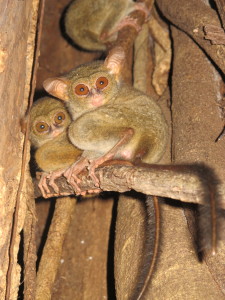
Now when you include birds, amphibians, reptiles, fish, and invertebrates, Indonesia is only second to Brazil in biodiversity with a greater percentage of endemic species than any other country except Australia. In fact it’s hard to view many of these creatures found nowhere else in the world without the voice of BBC’s David Attenborough narrating in your head. We think a local monitor lizard that hasn’t change much in 3.8 million years, and whose ancestors go back at least 100 million years ago, called the Komodo Dragon is the perfect poster child for the rare creatures found only on a few of the thousands of Indonesian islands.
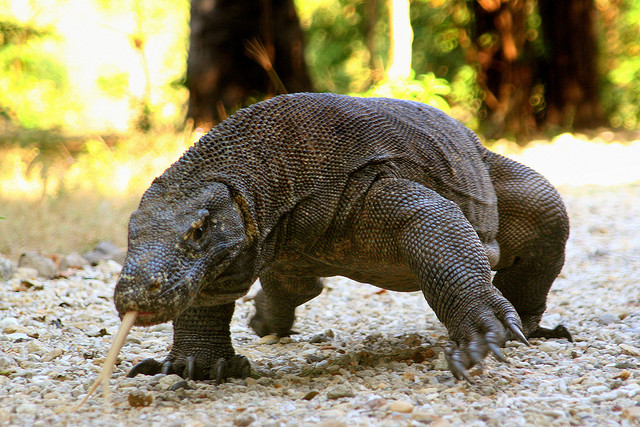
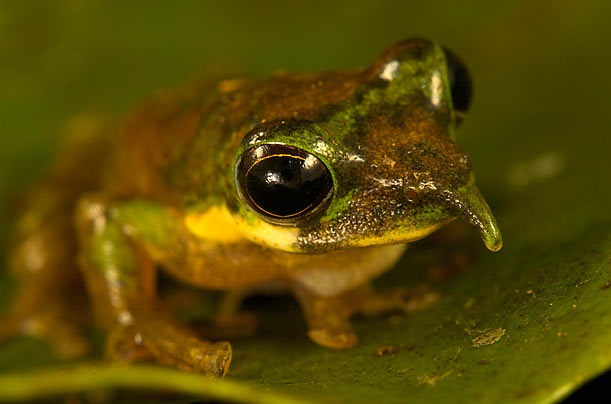
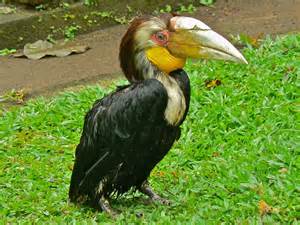
The first tourists attracted to all this diverse wildlife was Homo erectus “Java Man” (1.8 million years ago to 35,000 years ago), but apparently Java man followed the Boy Scout slogan of “Leave no trace behind”, so little is known of them. The second wave of tourists were modern Homo sapiens and on their way to Australia they left trails thousands of miles wide with items like the 40,000 year old hand stencils in Pettekere Cave in Maros, Sulawesi. It is the oldest art work known to date in the entire world. Someone later drew a pig on the wall 5,000 years later near the hand. Speaking of art, we should mention that the entire island of Sulawesi (formerly called Celebes) looks like a stencil of an elephant standing on two legs with its mouth wide open. Not to be out done by others, one group of artists left some 400 stone carved megaliths between 3,000 BC and 1,300 AD on Sulawesi Island. In general, each group that found its way to Indonesia brought its unique language and culture so that by today there are 300 ethnic groups with 742 languages and dialects spoken in Indonesia with the official language being Bahasa Indonesia.
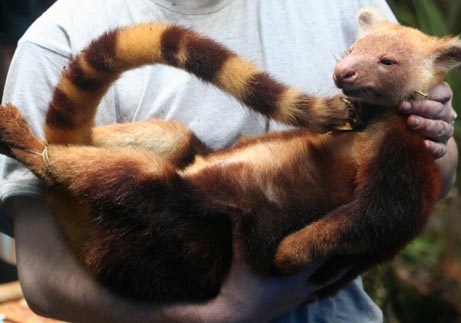
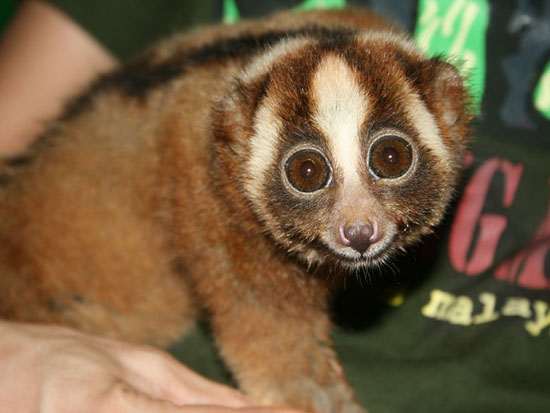
Most of the islands were Islamic by the time the Dutch became nuts about nutmeg, cloves, and cubeb pepper and therefore claimed this area their own as The Netherlands East Indies and later The Dutch East Indies. Imperial Japan took control from 1942-1945 and divided Indonesia into three regions. During the three years of Imperial Japanese occupation some estimated four million or more Indonesians died of forced labor, forced prostitution, or famine. Sultans, intellectuals, as well as 30,000 Europeans were either murdered or sentenced to death and anything of value was shipped back to Japan or to other locations in the ever-expanding Japanese Empire. After the war ended, Indonesia gained independence, but there was later a protracted battle with the Communist Party (PKI) during which time 500,000 people were killed during the anti-communist purge. A political settlement was reached in 2005 and things have been comparatively peaceful in recent times for this diverse yet united tropical island nation. It’s interesting to note, that now the top five visitors of Indonesia are from Malaysia, Singapore, Australia, China, and Japan.

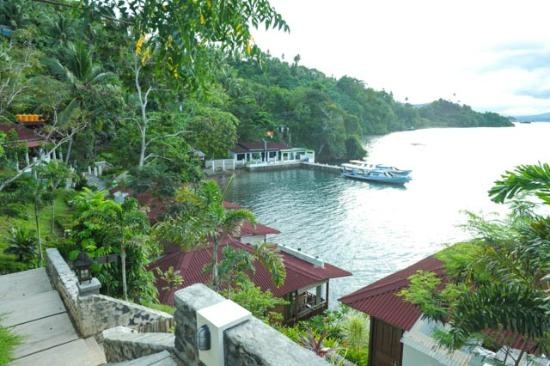
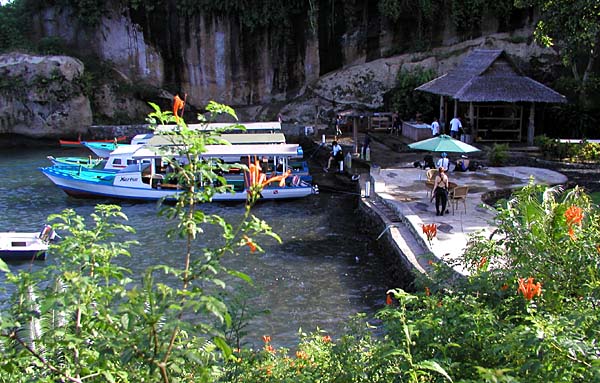
So now you might be thinking, sure Indonesia’s enchanted and a one of a kind paradise with a very interesting history, but what about the 500 plus dive sites that we’ve heard about? And for this reason we are going to focus on the northern tip of the island of Sulawesi. Here on the Eastside we have Eco Divers Lembeh with access to over 50 dive sites in the Lembeh Straight, which separates Lembeh Island from the Sulawesi mainland. This area is considered the “muck diving” capital of the world. Here with a backdrop of black lava, a macro world of pygmy seahorses, pipefish, frogfish, and several unique and bizarre species of octopus, and other invertebrates steal the show on every dive.
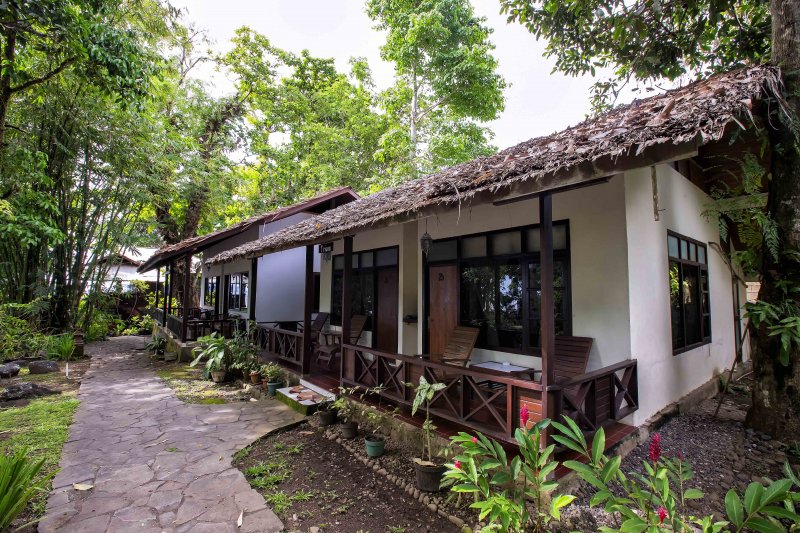
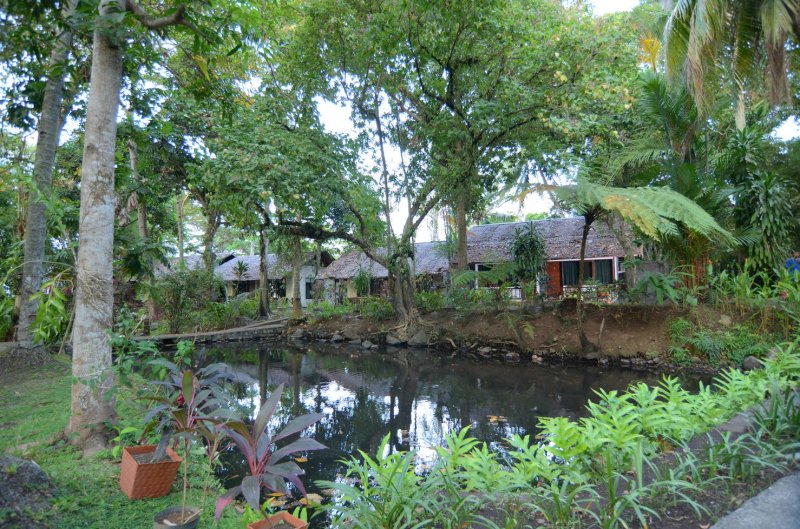
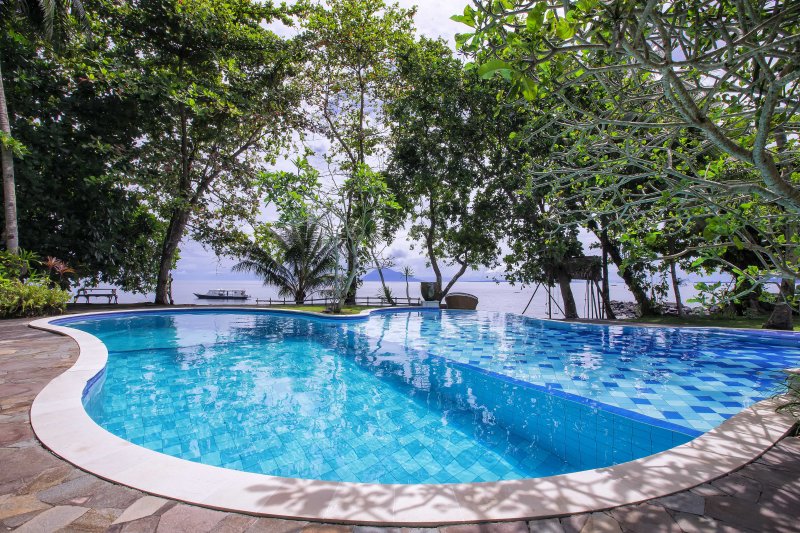
On the west side of North Sulawesi is the capital city of Manado and nearby the oceanfront Minahasa Lagoon Resort and Eco Divers Manado. From the resort you are close to Bunaken National Park which is comprised of five islands: Bunaken, Manado Tua, Nain, Mantehage, and Siladen. Were not sure if this marine preserve is more famous for its wall dives where you can see giant clams, black tip sharks, white tip sharks, sea turtles, and eagle rays, or its famous because of the local species of brown coelacanth fish they found living just beyond the reef walls in deeper water.
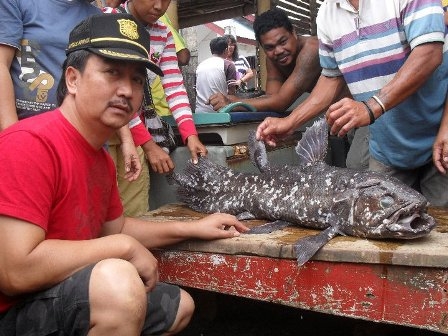
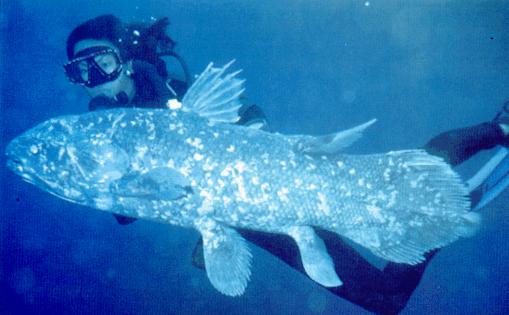
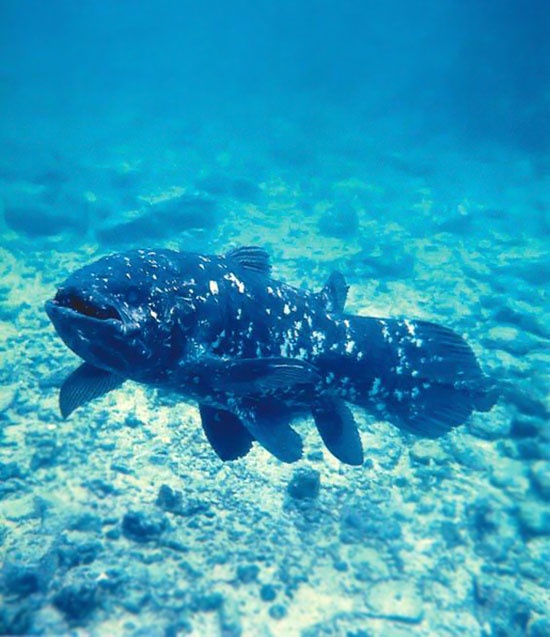
Lobed fin coelacanths have been around here for over 485 million years and they were thought extinct for 65 million years until they were seen as the catch of the day in a local market in Manado Tua in 1997, and just like the Indonesian dugong, and 200 million year old chambered nautilus, coelacanths have become ambassadors of Indonesia’s marine life.
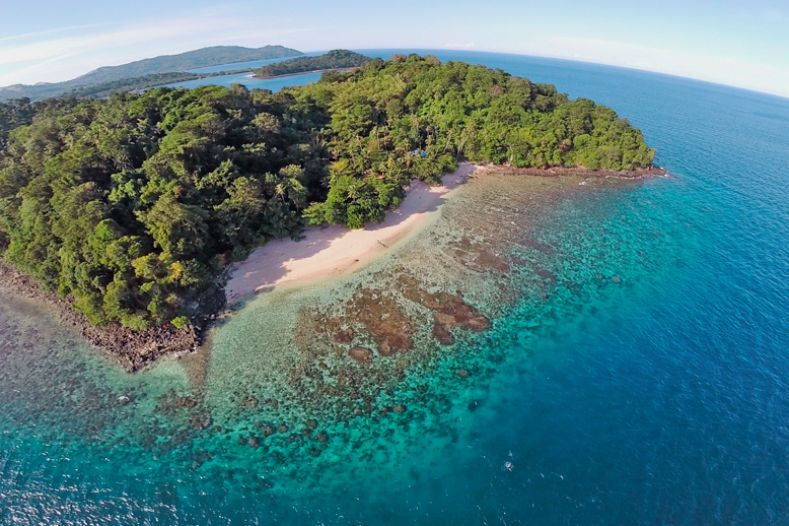
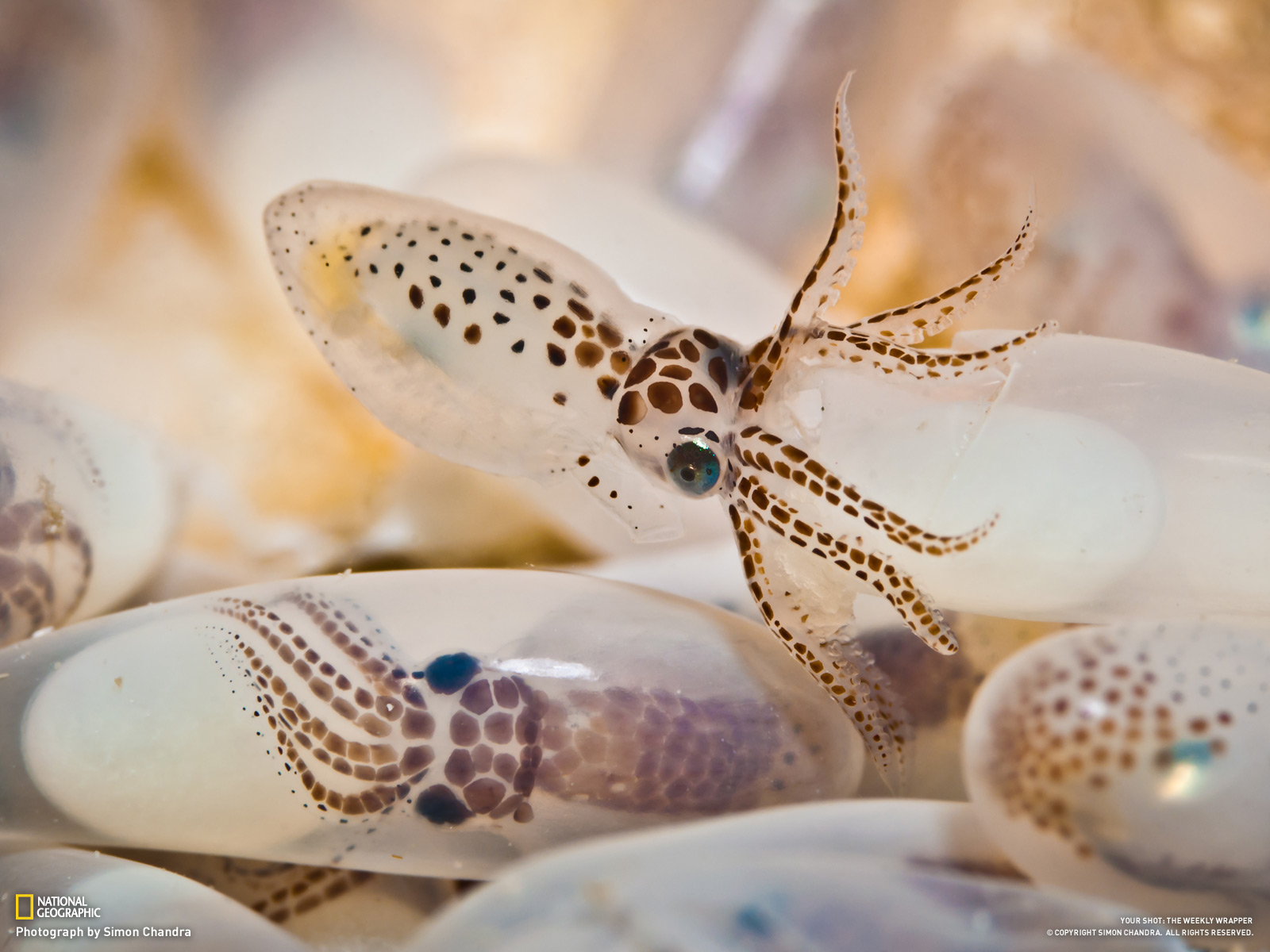
We will mention more about these resorts and some of the top dive sites in “Part Two” of our North Sulawesi expedition. Suffice it to say, it won’t be easy, as a country with black sand beaches, white sand beaches, sand dunes, mangroves, estuaries, coral reefs, sea grass beds, coastal mudflats, algae beds, thousands of small islands, and a few large islands where even elephants run freely is hard to cover with just one pair of fins and booties.
For information on exclusive dive travel offers, competitive airfare, and how you can visit North Sulawesi, Indonesia, please contact us or click here.
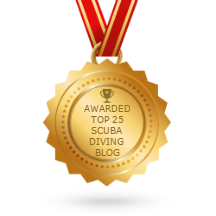
Recent Posts
- Finding the Right Dive Resort For Your Vacation
- Luxury Dive Resorts That Offer Unforgettable Experiences
- Eastern Malaysia, Sabah, Sipadan & More
- Ghost Pipefish, Pipefish, Seahorses, and Sea Dragons
- Australia Queensland and the Great Barrier Reef
- Tioman Islands, Malaysia
- The Riviera Maya
- The Peter Diving System
- The Bay Islands, Roatan, Utila, Guanaja, and more.
- The Cuttlefish; The Undisputed Master of Camouflage.
Categories
- Australia
- Bahamas
- Bay Islands
- Belize
- Blue Hole
- Bonaire Diving
- Borneo
- Cayman Brac
- Cayman Islands
- Cozumel
- Curacao
- Cuttlefish
- Dive Destinations
- Dive Equipment
- Dive Liveaboards
- Dive Resorts / Properties
- Dive Travel
- Dive Travel Deals
- Diver Wellness
- Dolphins
- Dominica
- Eagle Rays
- eagle rays
- Family Travel
- Fiji
- Galapagos Islands
- Great White Shark cage diving
- Guanaja
- Honduras
- Indonesia
- Infographics
- Isla Mujeres
- Learning to Dive
- Little Cayman
- Maduro Dive Newsletter
- Malaysia
- Maldives
- Manta Rays
- Marine Life
- Mexico
- Micronesia
- Muck Diving
- Myamar
- Palau
- Papua New Guinea
- Pelagics
- Philippines
- Pinnacles
- Polynesia
- Reefs
- Riviera Maya
- Roatan
- Saba
- Sabah
- Scuba Diving
- Scuba Gear Reviews
- Scuba News/Events
- Scuba Training & Education
- Sea Legends
- sea lions
- Sea of Cortez
- Sharks
- Single Travel
- Sipadan
- Socorro Islands
- South Africa
- Specialties
- ST. Kitts
- Stingrays
- Tahiti
- Thailand
- The Bucket List
- Tobago
- Truk Lagoon (Chuuk)
- Turks and Caicos Islands
- Turtles
- Uncategorized
- Underwater Photography
- Underwater Video
- Utila
- Walls
- Whale Sharks
- Whales
- Wreck Diving
- Wrecks
- Yap
Archives
- June 2025
- January 2024
- April 2023
- March 2020
- March 2019
- January 2019
- November 2018
- September 2018
- July 2018
- May 2018
- March 2018
- January 2018
- October 2017
- September 2017
- June 2017
- April 2017
- February 2017
- January 2017
- October 2016
- August 2016
- July 2016
- May 2016
- March 2016
- February 2016
- January 2016
- December 2015
- August 2015
- June 2015
- April 2015
- January 2015
- November 2014
- July 2014
- April 2014
- February 2014
- December 2013
- November 2013
- October 2013
- September 2013
- August 2013
- July 2013
- June 2013
- May 2013
- April 2013
- March 2013
- February 2013
- January 2013
- December 2012
- November 2012
- October 2012
- September 2012
- August 2012
- July 2012
- June 2012
- May 2012
- April 2012


